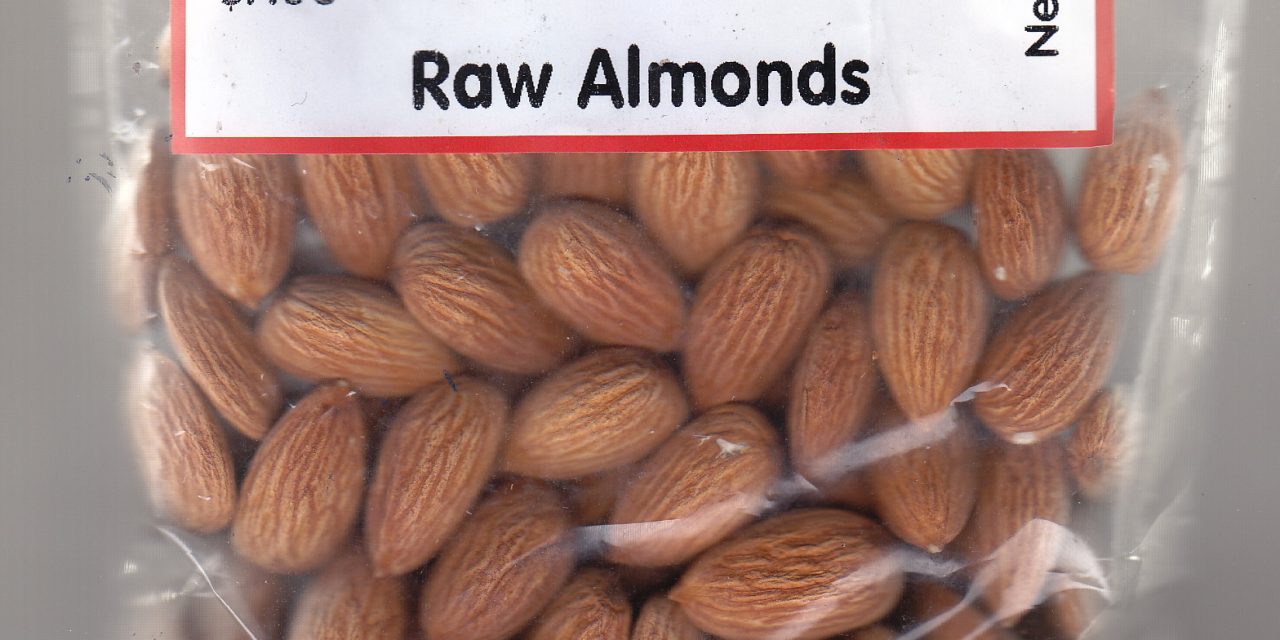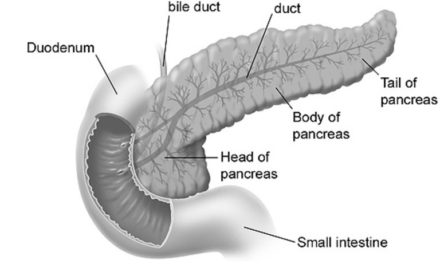December 20 from O’S News Service: “Higher nut intake is associated with reduced risk of cardiovascular disease, total cancer and all-cause mortality, and mortality from respiratory disease, diabetes, and infections,” according to a review published December 5 in BMC Medicine.
Cardiovascular disease and cancer remain the two most common causes of death, accounting for 25.5 million deaths worldwide in 2013 [1]. Epidemiological and intervention studies have shown that a high intake of nuts is associated with a reduced risk of coronary heart disease and possibly other health outcomes such as diabetes, overweight and obesity, gallstones, and colorectal cancer [2, 3, 4]. Tree nuts, botanically defined as dry fruit containing one seed (rarely two) within the ovary wall that becomes hard at maturity, include walnuts, almonds, hazelnuts, cashews, pistachios, and pecans [5]. While Brazil nuts and peanuts are botanically classified as seeds and legumes, respectively, all of tree nuts, Brazil nuts, and peanuts are collectively referred to as nuts due to their similar nutritional properties and culinary use. Nuts are good sources of dietary fiber, magnesium, polyunsaturated fats, vitamin E, and antioxidants, all of which may reduce risk of cardiovascular disease by reducing insulin resistance [6], cholesterol concentrations [4], lipid peroxidation [7], and oxidative stress [8]. Nuts also contain other bioactive compounds, such as ellagic acid, anacardic acid, genistein, resveratrol, and inositol phosphates, which may reduce cancer risk by inducing cell cycle arrest, apoptosis, inhibiting cell proliferation, migration, invasion, and angiogenesis [9]. However, epidemiological data on nuts and cancer risk are less extensive than for cardiovascular disease.





